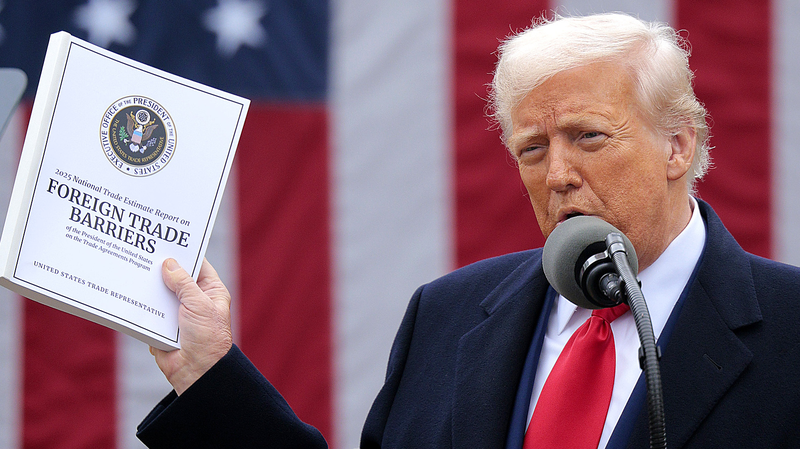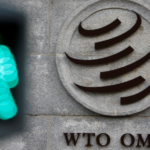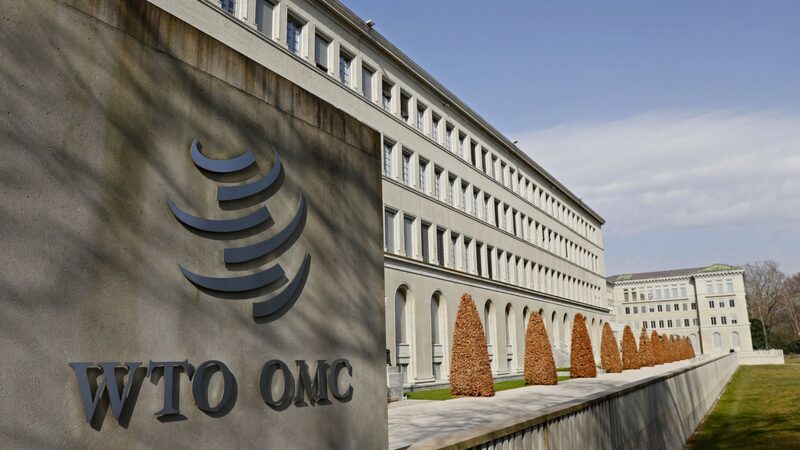🚨 The US's new 'reciprocal tariffs' policy is sparking fiery debates in global trade circles. Critics argue it's less about fairness and more about flexing economic muscle – but at what cost? Here's the breakdown:
🔍 What's Wrong With 'Reciprocal Tariffs'?
Experts like Xue Tianhang from Zhejiang University warn that Washington' 'tit-for-tat' approach clashes with World Trade Organization (WTO) rules designed to support developing nations. 🌱 The US demand for uniform tariff rates ignores crucial gaps in economic development between countries.
⚖️ The WTO Principle Everyone's Forgetting
"Reciprocity should balance rights and obligations, not force identical policies," explains Xue. While China gives zero-tariff treatment to 43 least-developed countries without strings attached, the US seeks equal terms with economies at vastly different stages – like comparing TikTok trends to corporate spreadsheets. 📊🎵
💥 A Global Domino Effect
Chad Bown of the Peterson Institute highlights another red flag: discriminatory tariffs violate WTO's non-discrimination principle. The move risks fragmenting global supply chains and repeating mistakes from the Trump-era trade wars. 📉
Could this strategy backfire? Analysts say yes – treating trade like a Marvel battle ("winner takes all") could leave everyone worse off. Let's hope cooler heads prevail before the next economic showdown. 💥🛑
Reference(s):
cgtn.com








